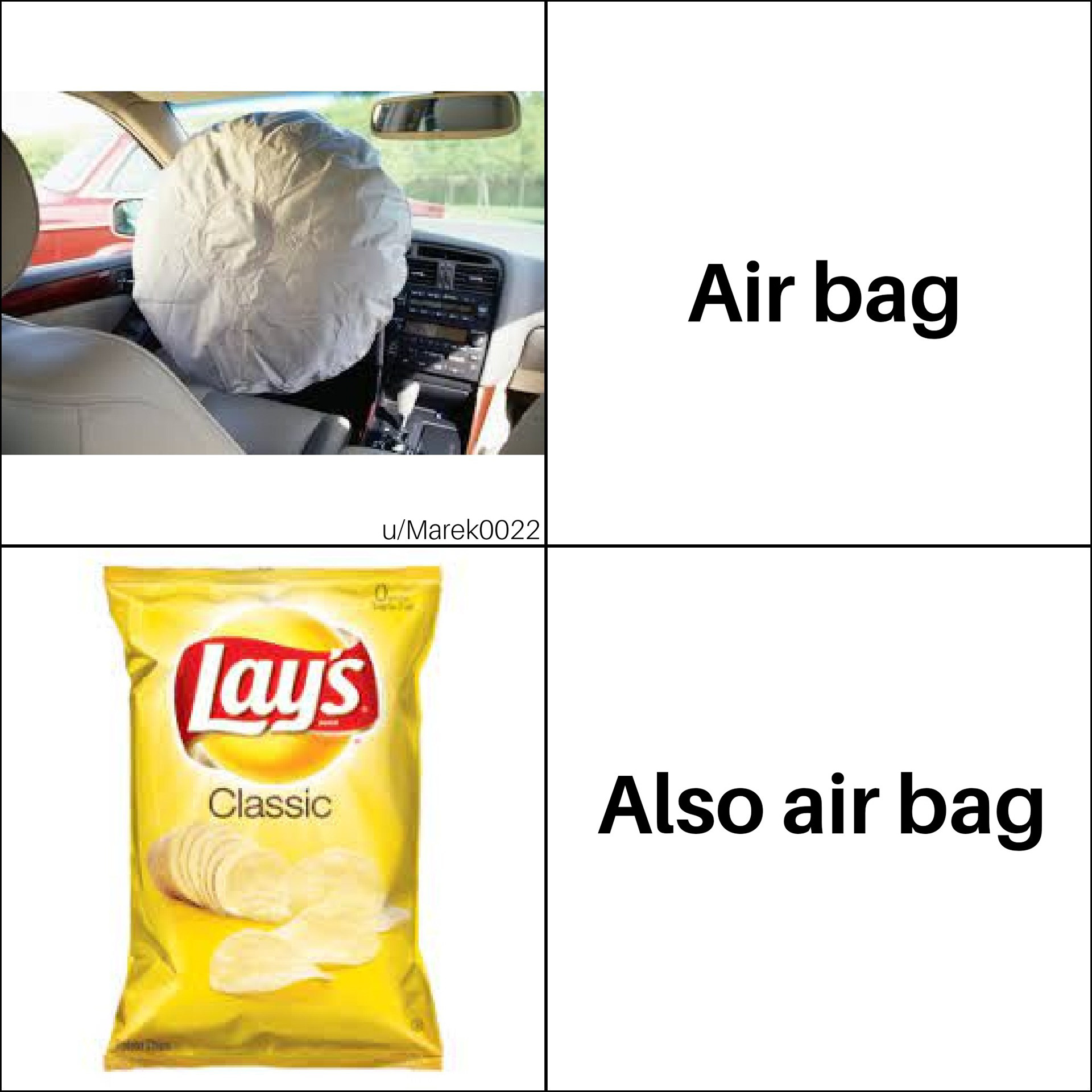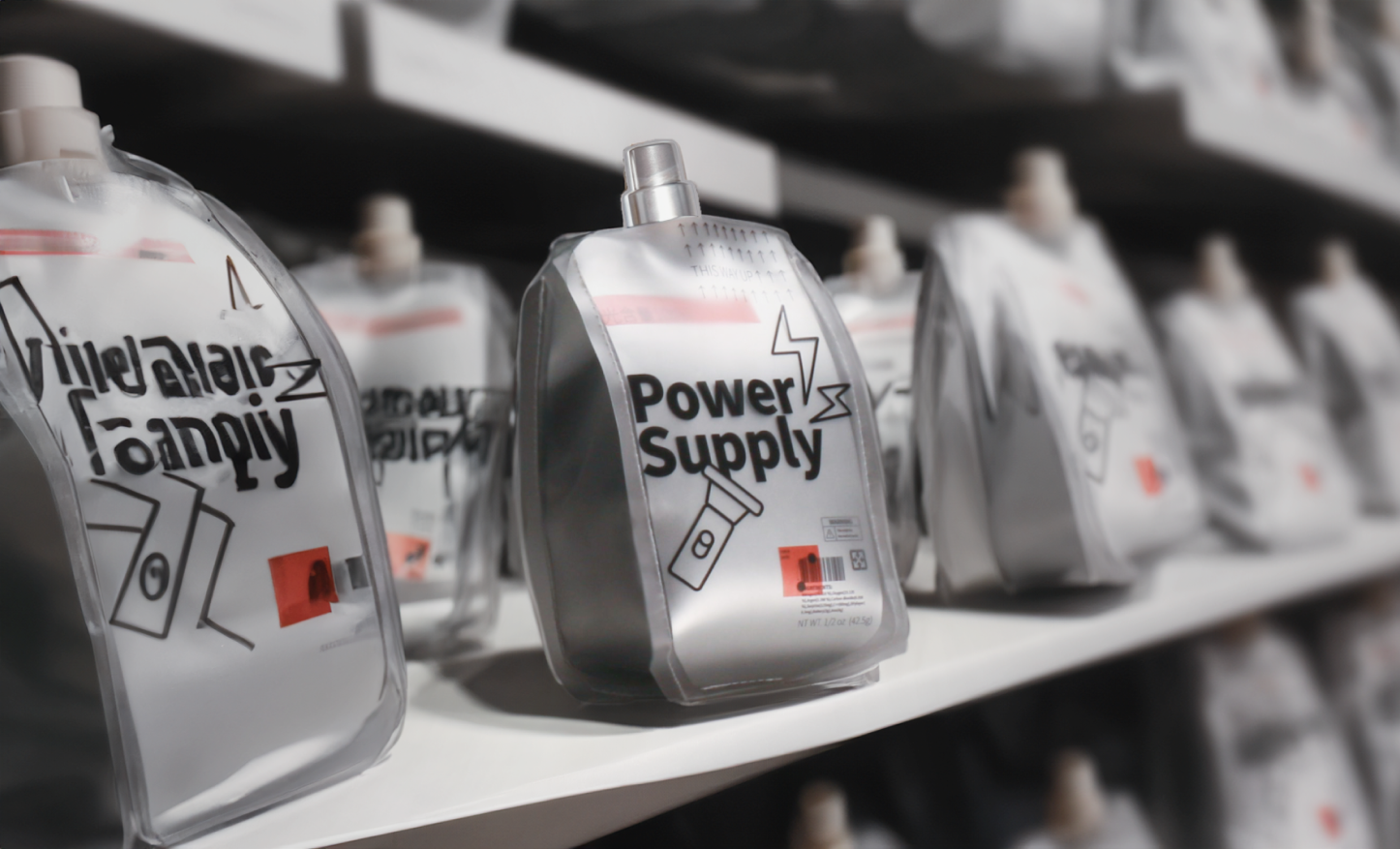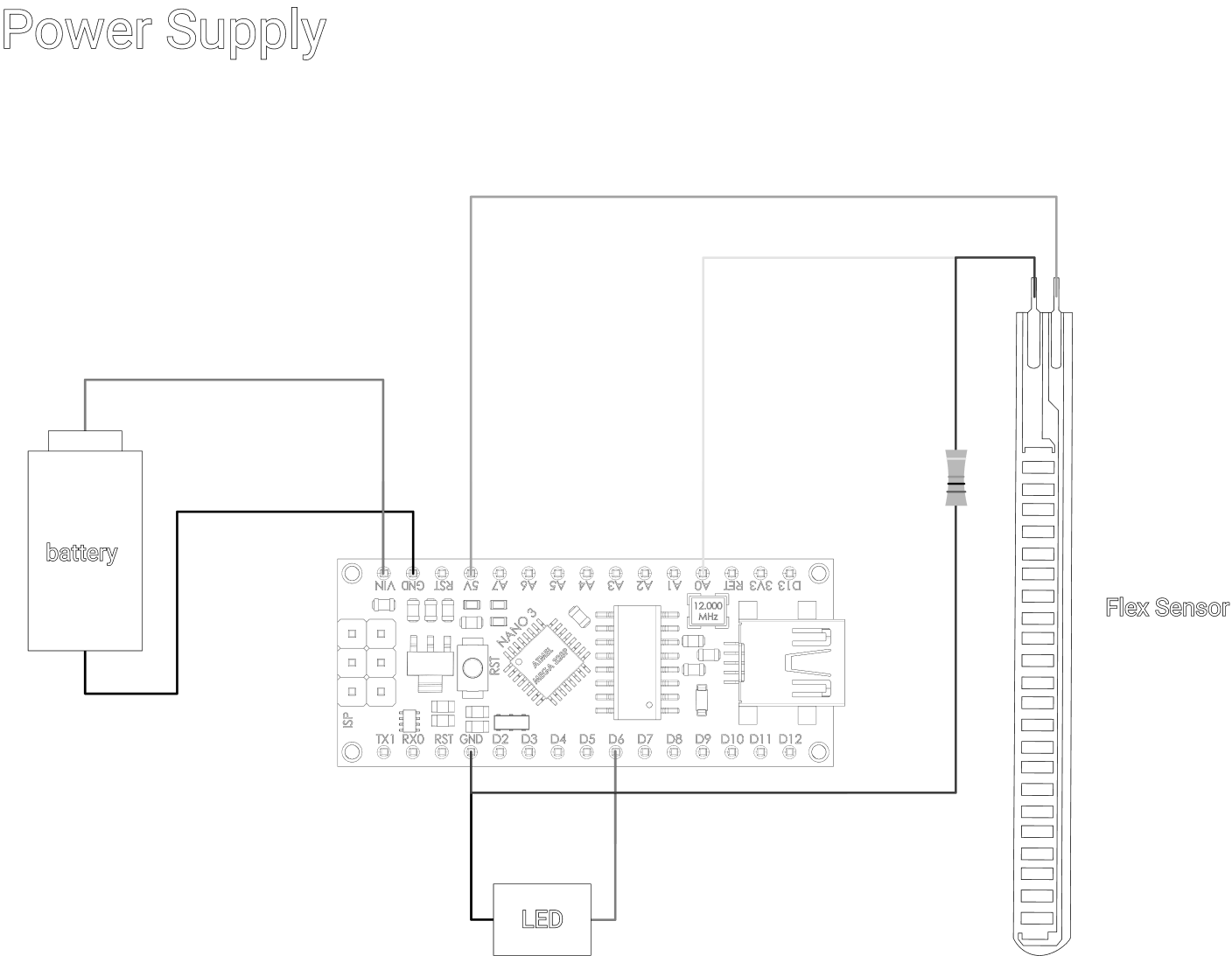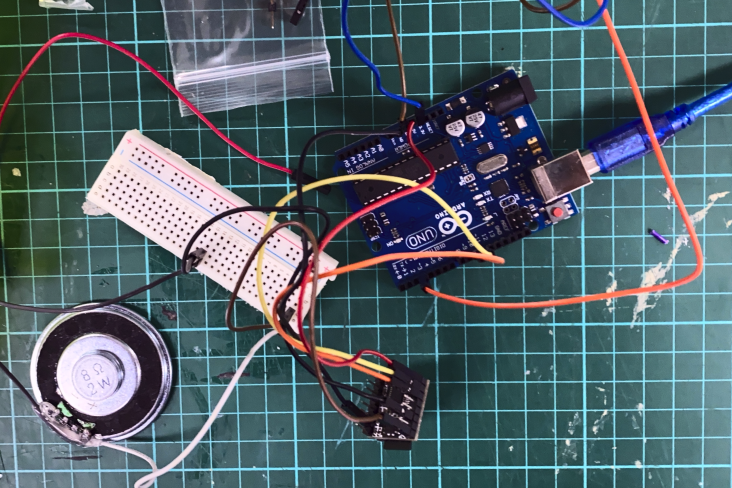PackMeme
Young Designer's Exhibition 2021
How does a meme interact when it becomes a tangible object?
The project started with Lay's Memes...




Life thrives on moments of unexpected joy and the serendipities that come our way. But what really sparks that fleeting sensation of surprise? Driven by the playful unpredictability of memes, we explored various creative works to decipher the quintessential design idiom of "surprise." Through intensive study and dissection of diverse examples, we formulated a design strategy inspired by the spontaneous delight that memes invoke. Capitalizing on a meme's unparalleled knack for spreading rapidly and inducing spontaneous smiles, we conceptualized a series of designs mirroring food packaging, christened "PackMeme." This endeavor embodies the confluence of wit and wonder, presenting familiar elements with a whimsical twist.
When users first encounter an object, they receive information through the elements presented by the object. They then perceive whether this information aligns with their life experiences. If it aligns, they'll form a basic expectation of the object based on past experiences, deeming it as "something familiar." Conversely, if it doesn't align, they'll form an expectation of unfamiliarity, seeing it as "something new." Through this process of experiential perception, cognition is established, and its accuracy is then ascertained through interaction. If, after the interaction, users discover their initial understanding was incorrect, they experience a sensation of surprise.
The design concept centers on the idea of cognitive surprise by leveraging universally recognized food packaging. Specifically, we've chosen packaging styles that are broadly familiar, such as potato chip bags and cans. The expectation is straightforward: upon seeing such packaging, users would naturally assume the contents to be related to food. However, when they engage with the package, a twist awaits. Instead of finding what they expect, users encounter playful and intriguing content inspired by puns, memes, and slangs. This intentional mismatch between expectation and reality is designed to delight and surprise, offering a unique experience.
When we talk about transforming everyday objects into captivating interactive experiences, this series showcases the ingenious integration of basic electronics and Arduino control.
Imagine you're at a gathering, and someone cracks a joke that's met with silence — that awkward moment everyone dreads. This is where our "Canned Laughter" steps in. Rather than just a metaphor, we've transformed it into a tangible experience. As the joke-teller or anyone from the audience pulls the tab on our cleverly designed can, a magnetic reed switch is triggered. Almost instantly, the air is filled with a pre-recorded sequence of laughter, either bringing a light-hearted reprieve or, if the mood demands, adding a satirical twist. It's a whimsical intervention, turning ordinary moments into memorable ones.



"Tasty Breeze" is a playful commentary on how commercial chip bags contain more air than actual chips. The moment the package is opened, the internal magnetic reed switch is triggered, setting a small fan into motion. This produces a gentle breeze, immediately felt by the user, turning the package into a hand-held fan.

"Power Supply" reimagines a conventional package in an unexpected light – literally. Drawing inspiration from the Mandarin wordplay where "Energy" (能量) seamlessly aligns with "Can Shine" (能亮), we've integrated a tactile experience. Simply squeeze the package, and behold the transformation: an LED light adjusts its brightness, resonating with your touch. This dynamic interplay is enabled by an elegantly embedded bending sensor cushioned within foam.










